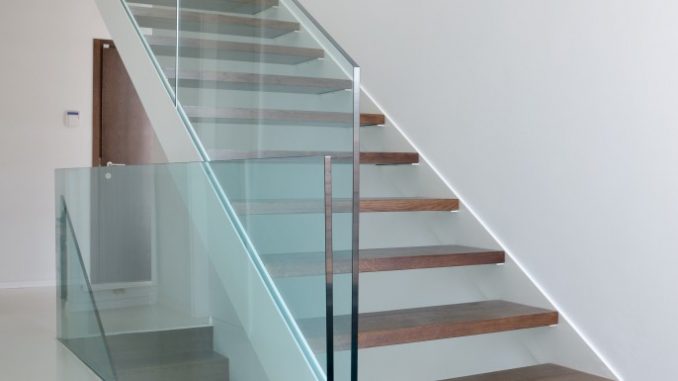
Whether a homeowner is building or remodelling their property, one thing is clear: deciding on stair tread materials isn’t easy. After all, the selection affects many factors. These include the costs, level of safety, ease of installation, durability, and even the home’s market value. Homeowners can make the decision-making process faster by knowing and comparing the options:
1. Wood
Wood is one of the most popular, if not the most preferred, types of stair treads. Wood treads possess innate characteristics that make them desirable. First, it invokes a sense of warmth in the space, making the home cosier. With proper treatment, it can last for as long as a hundred years. In other words, it can outlive the owners.
Contrary to popular belief, wood is a sustainable material. Its production process doesn’t emit significant carbon emissions. Instead, wood can store carbon, which releases it only when it decomposes.

Decomposition, on the other hand, is a natural biological process. Wood doesn’t pollute the land but even enriches it to allow healthier plants (and trees) to grow. Some experts also believe that using wood can promote mental health. It can help create green spaces within the home, which can reduce stress.
2. Metal
Metal stair treads can appear sleeker and more modern than wood. They are a more suitable option for modern homes, although wood can create a nice contrast. They can also be cheaper than wood because they are easier to mass-produce. Consumers can choose among the different options such as aluminium and carbon steel.
Some manufacturers provide a non-slip variety. These are patterned treads that can help prevent the likelihood of slippage. Metal, though, might not be the most comfortable material. For one, it can become hot during the summers and cold during the winters. Unlike wood, it doesn’t retain heat. It can also create noise in every step.
3. Eco-friendly Fibres
Some homeowners may incorporate environment-friendly fibres such as seagrass into their stair treads. It’s an excellent choice for nautical-themed properties. Interestingly, though, using them in beachside homes or retreats might not be ideal since they can grow mould and mildew. They can be more affordable than wood or metal, and they are biodegradable materials. They can also create a beautiful non-slip texture.
Seagrass can be easier to maintain than wood, as well as help extend its life. It is convenient to clean since it doesn’t absorb liquid stains. These, though, are still fibrous materials. They can deteriorate faster than the other types of stair treads. In the long run, homeowners may spend more money on their repair or replacement.
Which of the materials above is the best option for a stair tread? It depends on what the homeowner values the most. If they want to spend the least money, they can consider metal. They can also opt for wood and cover it with seagrass.
For indoor use, wood might be better than metal because it’s less responsive to changing temperatures. For properties with older people, a non-slip metal tread may be a better idea. When it comes to value, wood seems to dominate the others. It’s long-lasting, beautiful and eco-friendly.
